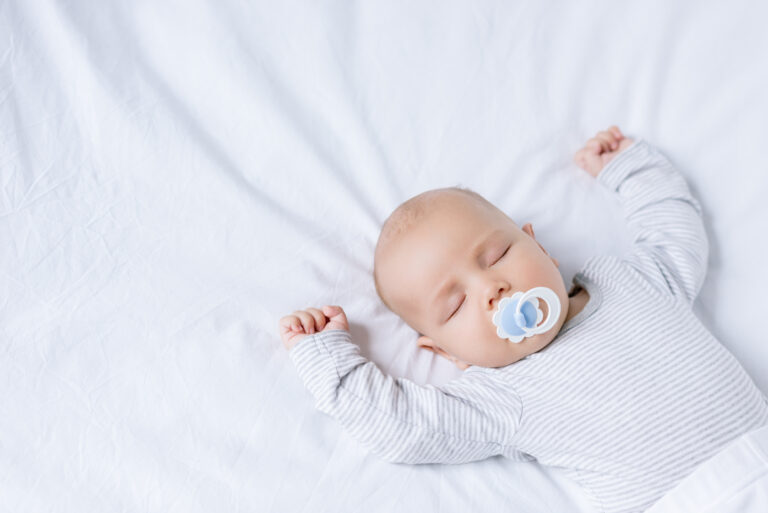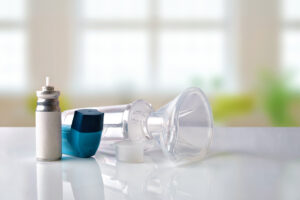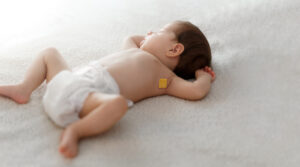It’s an exciting and nerve-wracking time when your baby comes home from the hospital to join your family. You watch them grow with delight as you carefully monitor their every little development to ensure they grow to their full potential. Aside from the right nutrients, sufficient sleep, and plenty of mental stimulation, temperature regulation is another thing to consider. How do you know what room temperature and body temperature is right for your baby? And how do you maintain that temperature when the weather changes?
Why the right temperature is important
Let’s start from the beginning. Did you know babies are unable to regulate their own body temperature until they reach 12 months? Babies’ little bodies are still developing so they’re more sensitive to changes in room temperature, especially if they are born preterm. It’s important that their body temperature is stable to protect their delicate bodies and promote healthy development.
As for sleeping, if you’ve ever been too cold or too hot and was unable to fall asleep, you can assume your baby is the same. It’s up to the parents to maintain the perfect room temperature so they’re comfortable and can peacefully drift off to sleep. Since babies regulate temperature mainly through their head and face, take care to keep those parts uncovered. Overheating is linked to sudden infant death syndrome (SIDS), so it is vital to monitor Baby’s temperature and prevent them from becoming too hot.
You can find out if Baby is too warm by checking the nape of their neck. If you feel their neck is sweaty, it’s a sign that they’re too hot. If their chest or ears feel hot to the touch, it’s another indication they’re likely uncomfortably hot.
If you suspect Baby is too cold, you can test it by feeling their fingers and toes. It would feel cold to the touch and their hands and feet may even turn slightly blue. No need to worry about the color change, however, this is normal for infants.
The best room temperature for your nursery room is between 68 to 72 degrees Fahrenheit. As a general rule, if you feel the room is too cold or too hot, chances are your baby will too.
Safe ways to regulate Baby’s temperature
Bedtime
Swaddling may be your go-to for putting Baby down to sleep, but it may not always be necessary. Too many blankets or wrapping too tightly is shown to increase the risk of SIDS. Instead, follow the ABC’s of sleep and follow safe sleeping practices. This means no bedding in the crib aside from a mattress, and never use hot water bottles or electric blankets. Instead, rely on layering clothing for warmth. As always, place them down to sleep on their back.
Warmer Weather
During the warmer months, Baby can wear fewer layers and lighter fabrics. If you need to further cool down your baby, you can try using a fan. Studies have shown using a fan in the nursery can even reduce the risk of SIDS, but take care to not to point it directly at the baby. You can also allow air circulation throughout the room by opening the window for fresh air.
Cooler Weather
In the cooler months, use layers of clothing to keep your baby warm. Add socks or hats to keep them cozy, if necessary. If you are outdoors and need layers to warm them up, be sure to quickly remove the extra layers once back inside so that Baby doesn’t overheat.
Generally speaking, you can dress your baby up in one more layer than you to keep them at a comfortable body temperature.
Temperature monitoring
When it comes to babies and temperature, think Goldilocks: just right. Aim to keep Baby not too cold, not too hot. This is done by maintaining the nursery room temperature in the ideal range, and carefully monitoring Baby’s body temperature. You can learn your baby’s tendency to run cold or hot, and add or remove layers as the seasons change.
No matter how careful you are, your baby is bound to fall ill at some point. As they grow and become exposed to more than just the inside of your home, the chance of them falling sick increases. Since your baby is more vulnerable to infection at this age, parents should be diligent in monitoring temperature for fever. The normal body temperature for babies ages 0-1 ranges from 94.8 to 98.3 degrees Fahrenheit when measured using the axillary (armpit) method. If Baby’s axillary temperature measures 100.4 degrees Fahrenheit and is showing symptoms of illness, confirm the reading by taking their temperature using the rectal method. They have a fever and it’s time to call the pediatrician. Be on the lookout for dangerous high fevers, and as always, don’t hesitate to call if you feel something is wrong.
But don’t fret, it’s all a part of normal life for a growing baby! Regular temperature monitoring can put an anxious parent’s mind at ease. The CuboAi Smart Health Bundle is the only system that measures Baby’s body temperature in real-time and detects the room temperature and humidity–all while streaming HD video with proactive alerts straight to your smartphone. The Smart Temp measures Baby’s temperature using the axillary method, so you’ll always have the first step taken in detecting a fever. It pays off to be prepared during flu season, or any season with CuboAi Smart Health Bundle.





